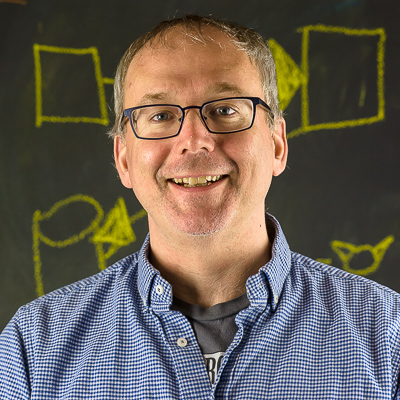Coding for Journalism
Make meaningful contributions to open source
Did you know that people working in news organizations have created or contributed to some of the most popular open source software in the world? Among others, the Django content management system was developed at the Lawrence Journal-World, and the creator of D3.js worked at the New York Times for several years. News organizations have constrained budgets to purchase commercial software, and also often need control over the code they use, so building with open source tools is key.
For this experimental Knight Lab Studio project, members of the team will work to make meaningful contributions to journalism-relevant open source projects of their choice, not limited to the ones mentioned above. Contributions would most likely be code, although open source projects often benefit from help with documentation that could be written or improved by relatively less-technical contributors.
Applicants should have at least some coding experience, and describe it (beyond just listing course numbers) in the application. You do not need to have a project in mind when you apply, although if you do, you should mention it.
Faculty and Staff Leads
Project Details
2022 Spring
Important Questions
- What are interesting open-source projects relevant to journalistic investigation, data analysis, or publishing?
- What are current needs for some of those projects which are in our team’s capacity to help address?
- What are best practices in contributing to open source projects?
- How can open source projects better organize themselves for contributions from newcomers?
Sample Milestones
- Week 1-2: Research open source projects relevant to journalism. Make some things with some of them to get a sense of what they do, how they work, and what it might take to contribute to the team. Begin exploring the community around these projects, and their contributor workflows.
- Week 3-4: Make a decision about which project or projects members of the team will pursue. Identify open issues for those projects which seem like manageable work, and engage the project community to specifically find out how to make a contribution with a good likelihood of being accepted. Begin work.
- Weeks 5-10: Continue work on feature implementation, and submit a pull-request or the equivalent. If time allows, find another opportunity for the same project and work on it as much as possible.
Outcome
Students who join this project will learn about participating in open source development and practice real-world coding skills. They’ll have plenty of mentoring and guidance from the faculty lead on the project, who has been contributing to open source projects for more than 15 years.
Links
- Open-Source Coding Practices in Data Journalism | DataJournalism.com
- The Field Guide to Open Source in the Newsroom
- Lawrence-born Django, which revolutionized website construction, celebrating its 10th anniversary
- Datasette: An open source multi-tool for exploring and publishing data
- California Civic Data Coalition
- Svelte: Cybernetically enhanced web apps
- Census Reporter
- Open States
- OpenElections
